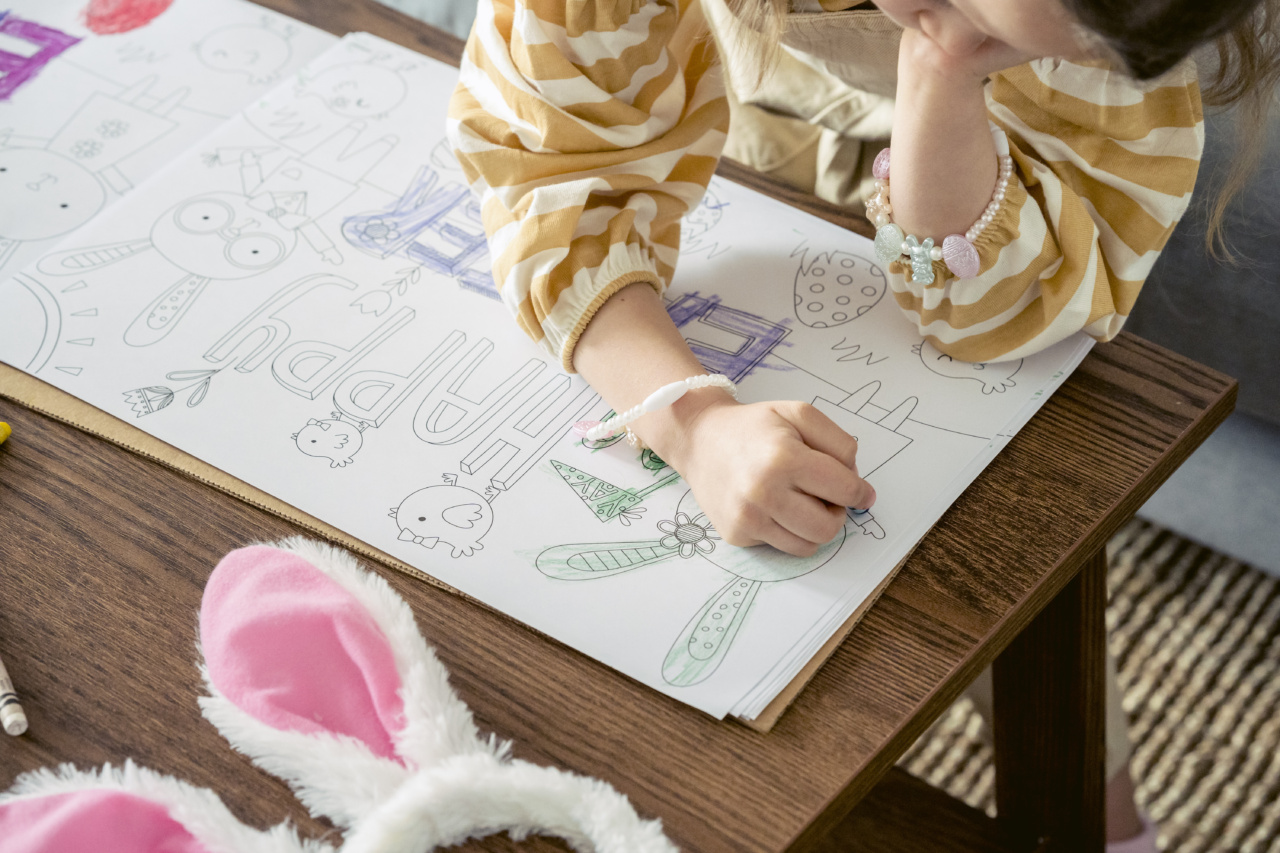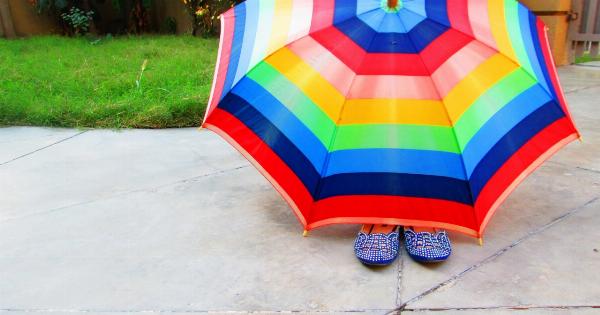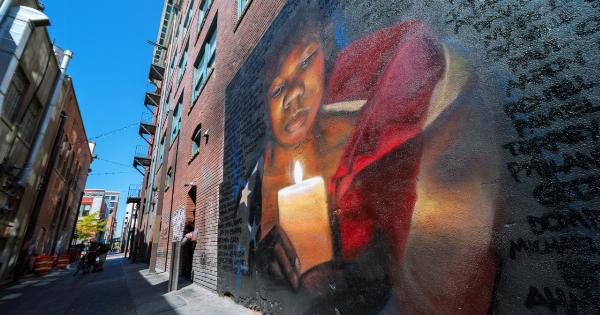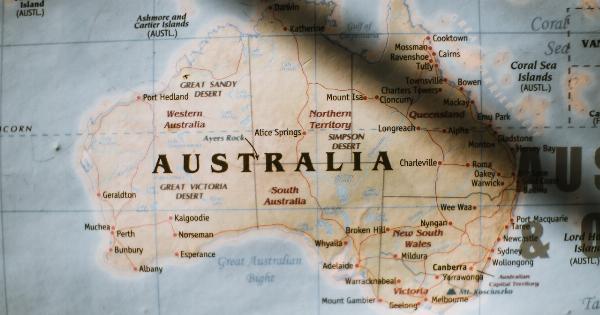Easter is a time of celebration and joy for many families. It is a time for enjoying delicious meals, exchanging gifts, and participating in various activities. One popular tradition during Easter is setting off firecrackers.
While firecrackers can be exciting, they also pose a significant risk, especially for children. In this article, we will discuss effective ways to keep your child safe from firecracker injuries during Easter.
Understanding the Dangers of Firecrackers
Firecrackers, although small in size, can cause severe injuries if not handled properly. The loud noises and bright lights produced by firecrackers can frighten young children, leading to panic or erratic behavior.
Additionally, fireworks carry a risk of burns, eye injuries, and even more serious consequences like loss of fingers or hands. It is essential to recognize these risks to ensure the safety of your child.
Choose Alternatives to Firecrackers
While firecrackers are a traditional part of Easter celebrations in some cultures, it is important to consider safer alternatives. Instead of traditional firecrackers, you can opt for glow sticks, sparklers, or confetti poppers.
These alternatives still provide a festive atmosphere without the risk of explosions or burns. Safety should always be the top priority when it comes to celebrating the holidays with your child.
Supervise and Educate Your Child
Direct supervision is crucial in ensuring your child’s safety during Easter celebrations involving firecrackers. Never leave your child unattended near fireworks or in the hands of other children who may not understand the potential dangers.
Take the time to educate your child about firecracker safety, explaining that they are not toys and should only be handled by adults. Teach them to appreciate fireworks from a safe distance.
Create a Firecracker-Free Zone
Designate a specific area in your celebration space as a firecracker-free zone. This area should be far away from where firecrackers are being ignited. Secure this zone by using physical barriers such as ropes or fences.
Clearly communicate to your child that this space is a safe area where they can enjoy Easter activities without any risk associated with firecrackers. Make sure to enforce and monitor the boundaries of the firecracker-free zone throughout your celebrations.
Protective Clothing and Eyewear
When participating in firecracker activities, ensure your child is wearing appropriate clothing and eyewear. Loose clothing can easily catch fire, so dress your child in snug-fitting garments made of non-flammable materials.
Additionally, provide them with safety goggles or glasses to protect their eyes from any potential debris or sparks. By taking these simple precautions, you can significantly reduce the risk of firecracker injuries.
Keep a Bucket of Water or Fire Extinguisher Handy
Accidents can happen even with the utmost caution. In case of a firecracker-related incident, it is essential to have a bucket of water or a fire extinguisher nearby.
This is especially crucial if you live in an area with dry vegetation or if you are celebrating Easter outdoors. Ensure that all adults present know how to use the fire extinguisher and are ready to react promptly in case of an emergency.
Leave Firecracker Displays to Professionals
While it may be tempting to set up your firecracker display at home, it is always safer to leave this job to professionals. Many municipalities organize public firework displays during Easter, which are usually handled by trained individuals.
These displays are designed to minimize risks and provide an enjoyable experience for both children and adults. By attending public firework displays, you can enjoy the festivities without compromising your child’s safety.
Stay Informed About Local Firecracker Regulations
Before engaging in any firecracker activities, it is crucial to familiarize yourself with local regulations. Different areas have different laws regarding the use of firecrackers, and violating these laws can result in fines or legal consequences.
Stay informed about the specific restrictions and permits required in your region. Always prioritize the safety of your child and adhere to the regulations set forth by your local authorities.
First Aid Preparedness
Despite taking all necessary precautions, accidents can still occur. As a responsible parent, it is essential to be prepared for any unfortunate incidents.
Familiarize yourself with basic first aid procedures to treat minor injuries such as burns or small cuts. Keep a well-stocked first aid kit readily available during Easter celebrations, and educate other adults who are present about its location and contents.
Teach your Child to Respect Firecrackers
Lastly, instill a sense of respect and caution in your child when it comes to firecrackers. Emphasize the potential dangers and explain that fireworks are meant to be enjoyed responsibly and under adult supervision.
Teach your child to never approach or touch fireworks that have not been ignited, as they might still be active. Encourage them to report to an adult if they find any unattended firecrackers.
Conclusion
Easter firecracker celebrations can be a fun and memorable experience for your child, provided that safety precautions are taken seriously.
By understanding the dangers of firecrackers, choosing alternatives, supervising and educating your child, creating firecracker-free zones, and being prepared for emergencies, you can greatly reduce the risk of firecracker injuries. Remember, the safety and well-being of your child should always be the top priority during festive celebrations.




























